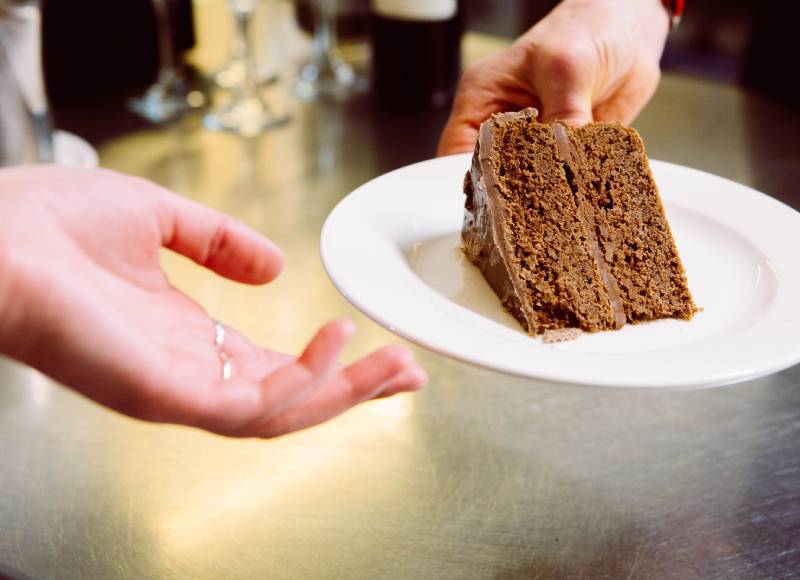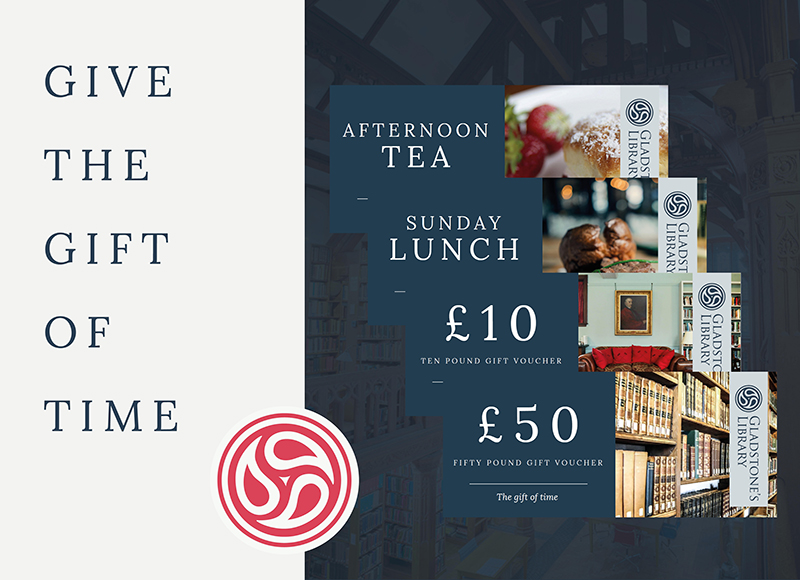
INTERVIEW: GINA HILL
GL: When did you become involved with the digitisation project?
GH: In February 2019. My youngest child had just started back at school, so I was looking for something interesting to do; something to get my teeth into. I contacted the main office to see if they needed any volunteers and they said that the volunteers they were taking on at the time were for the Digital Gladstone project which I’d not heard about. So I read up about it on the website and it sounded really interesting. I then contacted Liz [Fife-Faulkner – Digitisation Project Manager] to see if she’d want me!
Did you have any prior digitisation project experience, or was it new for you?
Not formally, no. For my PhD, part of my research was to read original Victorian letters and manuscripts. I went over to Yale to do that and I devised a very basic spreadsheet to help me organise all of that material, but I had no formal training in digitisation project work. I’d got a lot of experience in reading Victorian handwriting but not the organised process that this project entails, so that was a good learning curve.
Do you find reading Gladstone’s letters informative for contemporary Victorian affairs; is it interesting to contextualise?
Yes, it’s fascinating. The women I was researching for my PhD were quite obscure in the cultural world; not well-known names like Gladstone. I know a lot of obscure things about people that the general public haven’t heard of so to have an insight into such a large character as Gladstone is really fascinating. For example, reading what other people have said to him and the context that you get from this, it’s brilliant for a Victorian geek!
Have you come across anything in particular that stands out in those archives?
I haven’t discovered anything ground-breaking but one of the first files I worked on was focused on the abolition of slavery and the debates going on at the time, and to read the intimate concerns of that complicated issue was informative.
In terms of the documents you handle in this project, what sort of condition are they in?
They’re very well preserved. Compared to some of the documents I handled for my studies which were very fragile pieces of paper, these have been well loved, cared for and preserved.
In terms of what you do every day when you come in, is there a broad scope or are there quite specific tasks?
You have a folder that you work through. Depending on the complexity of the content, you could be working on that folder for a couple of months, so if you’re continuing with that folder you know what you’re going to be doing and what the next task is. In terms of a day-to-day routine, we make sure our hands are clean and make sure there are no liquids on the desk and then start data inputting. If the handwriting is easy to read, it can be quick work. If there’s something you don’t understand, you can research it.
Is legibility an issue?
I had read three of four different Victorian’s handwriting in detail; I thought that would give me an advantage but just like today, you just have to get used to that person’s handwriting – with Gladstone it completely changes if he’s tired or if he’s addressing his father. That handwriting is neat and careful whereas to his wife, Catherine, it’s very shorthand and hurried so I didn’t have as much as an advantage there as I thought I would. It’s a process of recognition and familiarisation; getting used to elements like the pet names and handwriting.
In the office is it mainly computer based?
My work is very much based on the laptop. I’ll have a pile of a letters, a magnifying glass and a strong safe light which really helps when I am deciphering the handwriting on the letters.
How do you stay focused? Can it be repetitive work?
The repetition comes with the generic data entry on the spreadsheet, for example, ensuring all of the column information and dates are accurate. The letters themselves, however, are far from repetitive, they’re very intellectually stimulating and that’s what keeps you focused. You’re always trying to decipher handwriting or the context of the sentence or where Gladstone is in the world! Sometimes he’s in London, sometimes he’s in Hawarden or he’s much further afield in another country. Working this out is what keeps you on your toes!
Would you say that is one of the most interesting elements of the project; finding out more about the person behind the correspondence and the mind of the person writing it?
Yes, I love how Gladstone can be talking about a debate in Parliament and then he expresses ‘I’m tired and have a headache.’ It’s that mixture of his public life and then the personal detail he shares, particularly to his wife. You feel like you get a real sense of a rounded character rather than just the public side.
How long will you continue with the project for?
As long as they want me! It’s so rewarding to be a part of, and I can’t recommend it enough.
If I were someone wanting to apply to volunteer with the project, would you encourage that?
Yes, I absolutely would encourage someone to apply - Gladstone’s Library is just a haven. It’s its own little bubble. I have spoken to the other volunteers and we agree that we step in here and take a breath. I would encourage people who don’t have this level of experience working with Victorian material to apply.
Was it an easy process to go through?
Absolutely, Liz holds your hand through the process and makes it as easy possible. Liz’s details are on the website and you can contact her directly in this way. We all have a spreadsheet and guidance that we work to. It’s all made very easy to work with this material and it’s a really rewarding process!
This is not relevant to Gladstone, but you mentioned before that you have some hens at home…?
Yes, I’m always rescuing animals! We’ve got these ex-battery hens. I also volunteer for an animal charity, the British Hen Welfare Trust, so we rescue hens, and inevitably I come home with two or three. Aside from the library, the rescue animals are my other love!
Keep up-to-date with all of our project news by following our blog or searching the #digitalgladstone hashtag on Twitter and Facebook.


